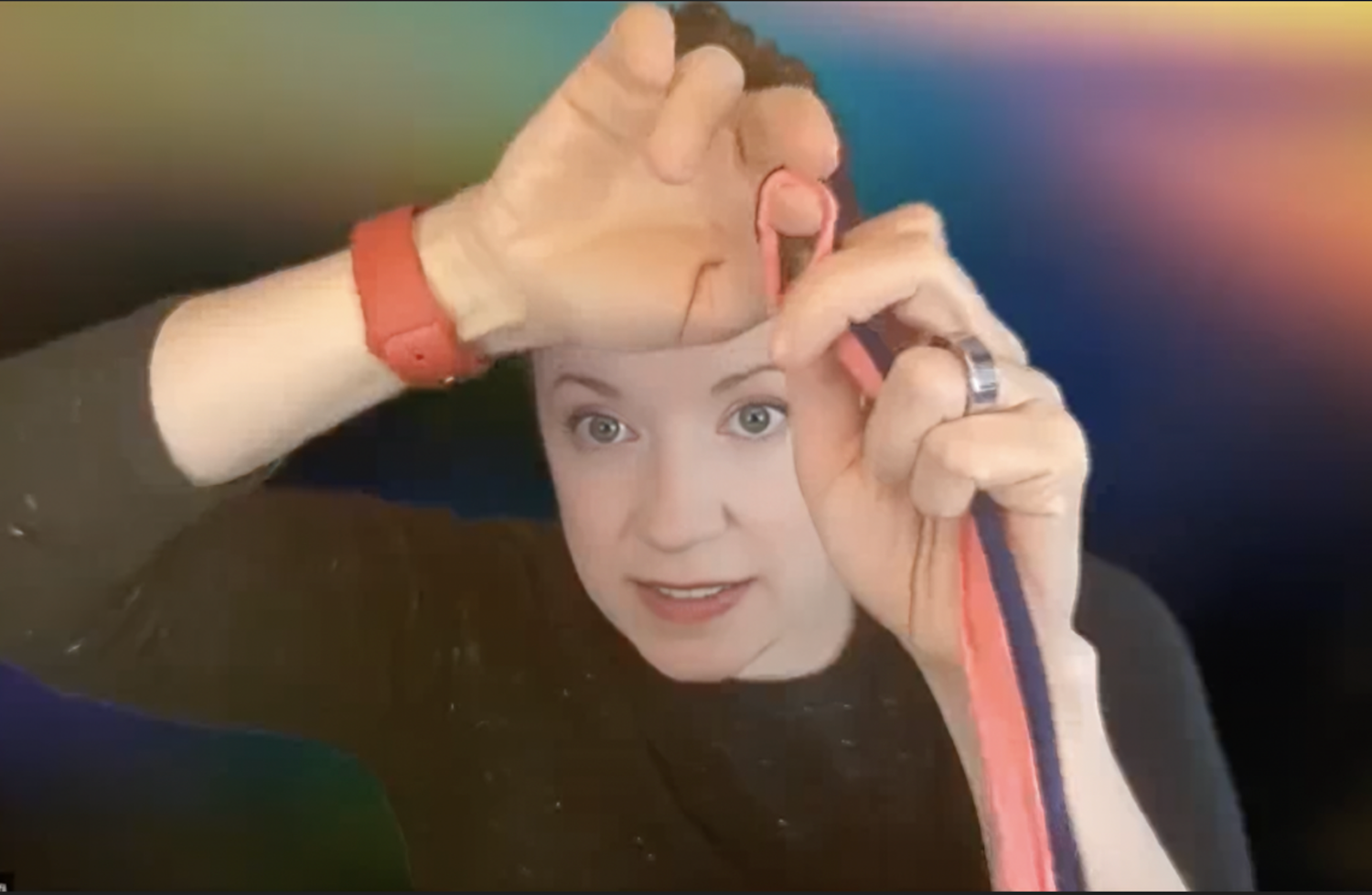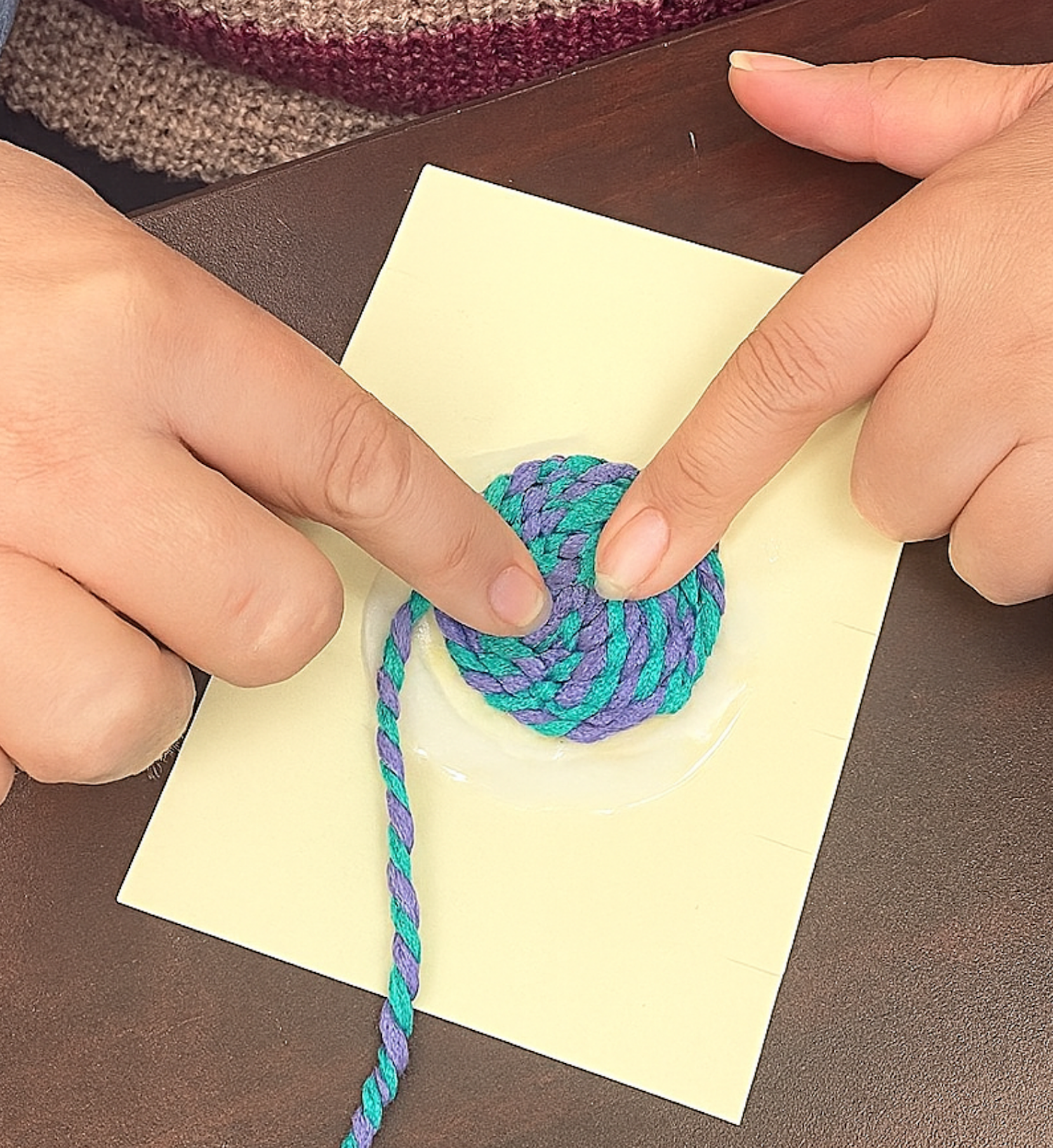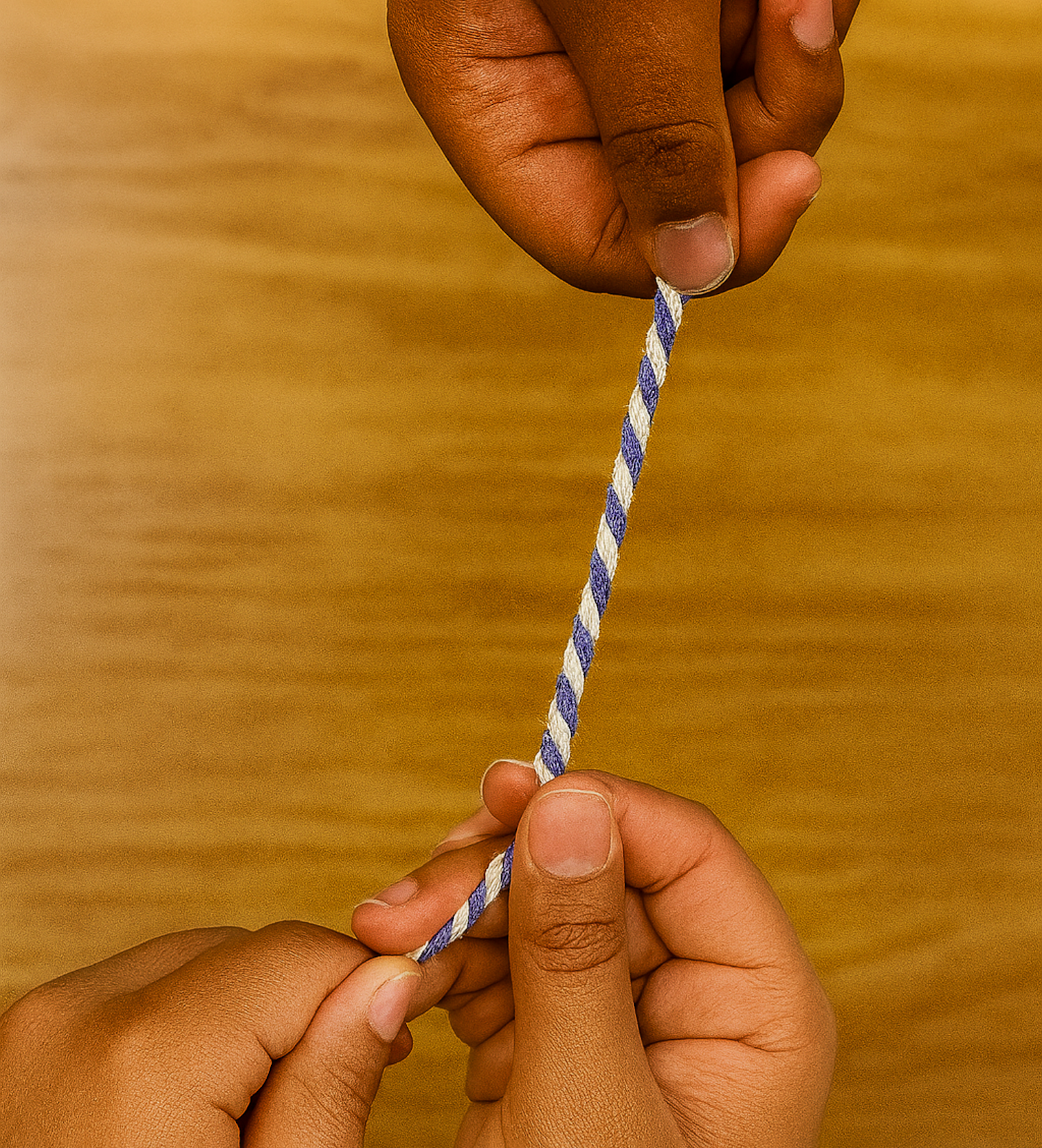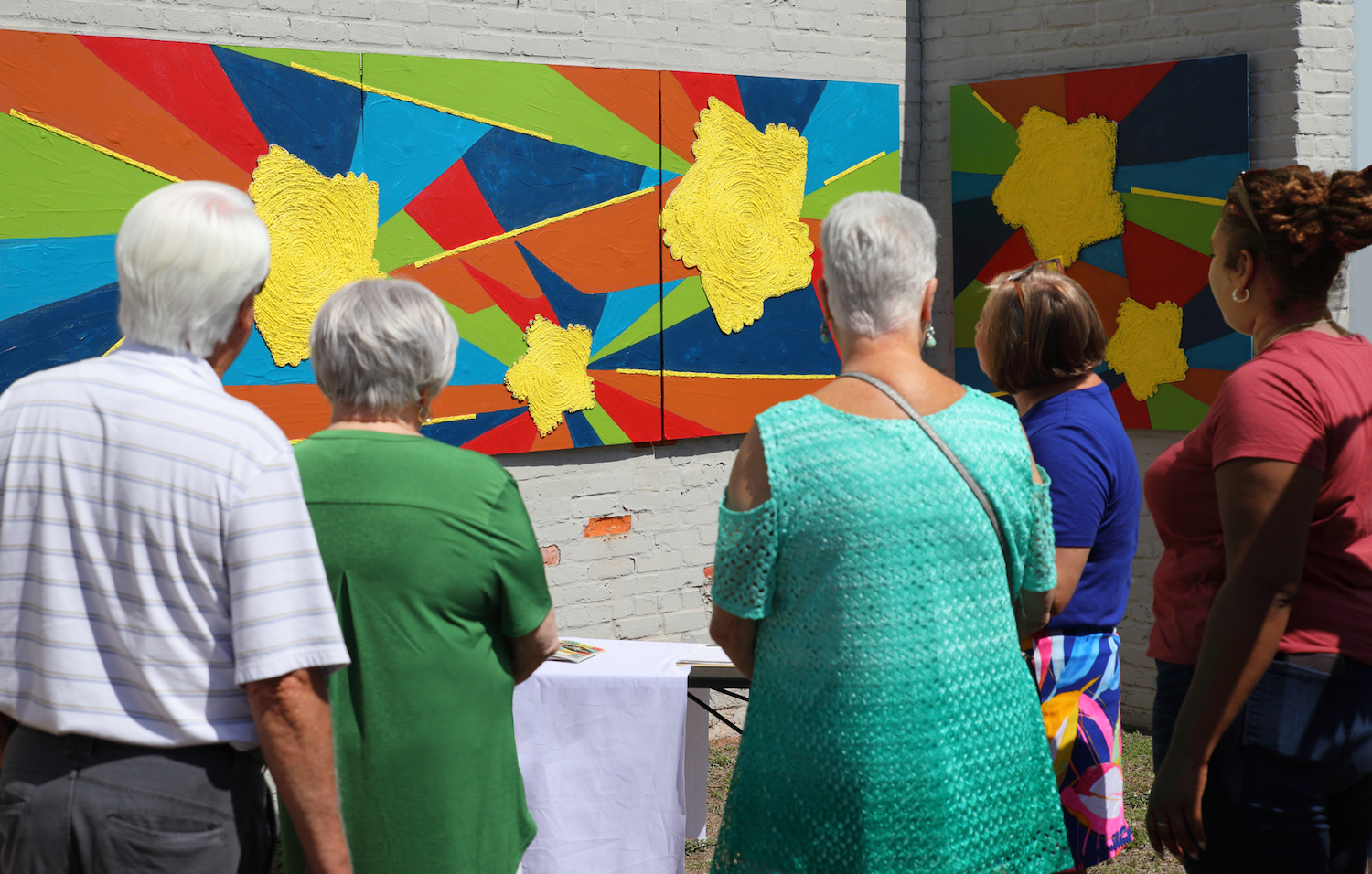
MINDFUL MAKING IN LAKE CITY, SC (2022, 2023)
OVERVIEW
Mindful Making in Lake City began as a 2022 University of Florida Arts in Medicine practicum and later expanded into a 2023–24 capstone research and policy project. The initiative explored how simple, repetitive creative acts—such as twisting fabric strips into cordage—could serve as mindfulness practices that reduce stress and strengthen community connection.
By pairing hands-on artmaking with research and policy translation, the project demonstrated how low-cost, participatory art can address pressing health concerns in a rural community with high rates of type 2 diabetes.
PROCESS
Practicum (2022): In partnership with ArtFields and the Greater Lake City Community Resource Center (GLCCRC), Emily piloted hybrid sessions that combined Zoom instruction with on-site facilitation. Elders, schoolchildren, and adults engaged in mindful handwork by twisting fabric strips into cordage and small magnets. Participants described the process as calming, collaborative, and grounding.
To show how these materials might scale into public art, Emily independently constructed a proof-of-concept twine mural using repurposed cordage. First installed at ArtFields and later relocated to GLCCRC, the mural demonstrated how craft-based making could transform everyday fabric into a durable, collective artwork.

March 2022: Planning, coordinating, and facilitating twine making craft with participants in the After-School Program at Main Street Elementary School of Arts in Lake City, SC. This practicum activity took place over Zoom.

March 2022: About 90 students from ages 8 to 13 at Main Street Elementary School of Arts took part in the Zoom crafting activity.
Capstone Research (2023): Building on the practicum, Emily conducted surveys with 31 Lake City residents to assess the potential of mindful public art. Respondents were diverse in age and background, and many were navigating systemic health challenges such as diabetes, transportation barriers, and food insecurity. (The header image shows Emily presenting the survey opportunity at an ArtFields volunteer meeting in Lake City, SC at the end of August 2023.)
Three themes emerged from the research:
Stress Reduction and Confidence: Participants identified mindful art as a practical, non-medical tool for lowering stress and building self-assurance.
Community Connection: Many saw the value of art as a way to bring neighbors together across divides of age, race, and faith.
Access and Equality: Structural challenges underscored the need for low-cost, locally grounded programs rather than imported models of mindfulness.
Policy Brief (2024): Findings were synthesized into recommendations framing mindful public art as a health intervention. The brief highlights creative reuse, community leadership, and cultural responsiveness as essential to making arts-based strategies sustainable in rural contexts. A copy of the document is available upon request.

March 2022: Clients of The Greater Lake City Community Resource Center - including cross-over clients of a local adult day care - also took part in making a twine magnet craft over Zoom.

March 2022: Student in After-School Program at Main Street Elementary School of Arts in Lake City, SC making a twine magnet craft.

March 2022: Students in After-School Program at Main Street Elementary School of Arts in Lake City, SC working together to braid twine from repurposed t-shirt material.
OUTCOMES
Proof-of-concept artworks: Cordage-based magnets and a twine mural illustrated how repurposed fabric can elevate community spaces.
Community validation: Surveys confirmed that residents welcomed mindful art as a way to address stress and strengthen social ties.
Research translation: Results were carried into a policy brief, connecting grassroots practice to broader discussions of arts and public health.
IMPACT
For individuals: Provided calming, accessible ways to practice mindfulness without requiring specialized training or equipment.
For communities: Demonstrated how small-scale art interventions can build confidence, reduce isolation, and foster cohesion.
For policy: Positioned mindful making as a replicable, low-cost health strategy adaptable to other rural communities.
For the field: Bridged arts practice, community-based research, and policy advocacy—showing how participatory art can inform systems-level health conversations.

April 2022: Installing and adding finishing touches to untitled twine mural that was displayed on an exterior wall of the Trax Visual Art Center in Lake City, SC as part of Artfields 2022.

April 2022: Visitors discussing the tile mural installation with leadership from The Greater Lake City Community Resource Center - the two women on the right side of the photo. The intention was for them to have a table at the event because it is challenging to festival guests to cross a busy highway to visit their facility without a car.
PARTNERS
ArtFields — festival platform, logistical and exhibition support
Greater Lake City Community Resource Center — host site, logistical support, and mural installation
Lake City Senior Center — participant site
Main Street Elementary School of Arts — participant site
